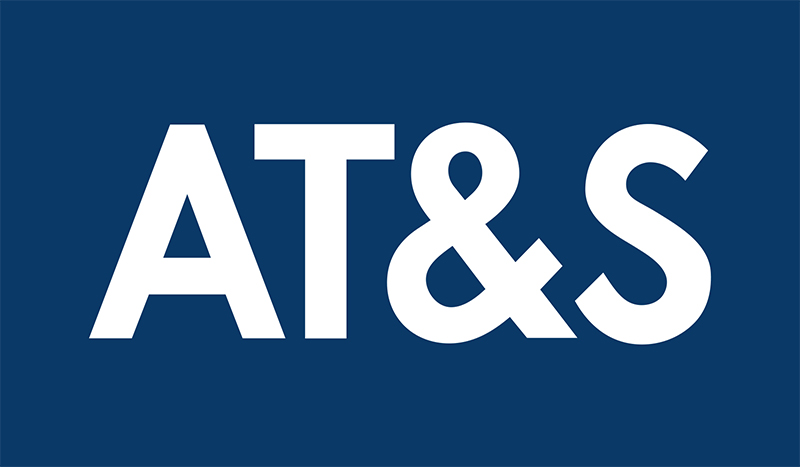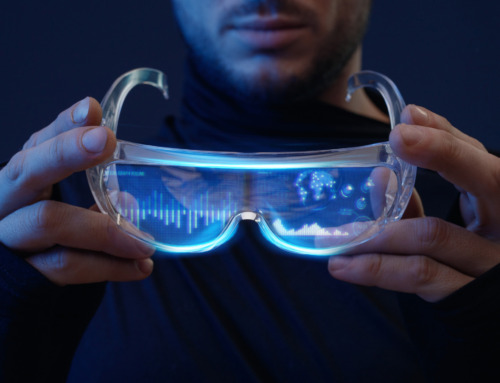Innovation in the μ-range
How IC substrates have revolutionized electronics
Mu (μ) is presumably one of the most important currencies in the printed circuit board industry because printed circuit boards – being the central nervous system of electronic devices – are crisscrossed by a network of very fine lines, which are connected to processors, transistors, sensors, etc. Every thousandth of a millimeter counts here – because the thinner the network, the more complex the devices can be, whether it’s a smartphone, a cardiac pacemaker, an industrial robot or a component of a satellite.
The trend towards miniaturization
The trend that devices are getting smaller and more functions need to be integrated in the same space poses certain challenges. Due to the growing number of transistors of microchips it has become more difficult to set up connections to the tracks on the circuit boards. “The structures of the semiconductors are in the nanometer range and have to be diverted to the micrometer-sized contacts of the printed circuit board,” explains Hannes Voraberger, Director R&D at AT&S. The solution to this challenge is IC substrates (Integrated Circuit). This technology has revolutionized electronics as it allows integrating processors even into smaller packages.
126 to 250 work steps
In the early times of printed circuit boards, the contacts of the chips were connected with the tracks using thin wires through a punched metal sheet made from a lead-tin alloy. Punching, drilling, etching and milling are still used today, but this work is now done by machines as only they can work so fast – 1500 drills per second – and in the μ-range. It takes between five and ten days, and 126 to 250 work steps are involved until woven glass fibers saturated with epoxy resin, which are laminated with ultrathin copper foil, are turned a high-tech printed circuit board. In modern processors, a so-called IC substrate takes the place of the printed circuit board. “It is a small, multi-layer printed circuit board consisting of varying materials, depending on the application,” says Hannes Voraberger. “It links connectors of different sizes in a very small space. Depending on the application area, there are different substrate technologies with different structures and performance requirements.”
IC substrates represent the connecting platform between semiconductors (chips) and printed circuit boards; they “translate” the nanostructures of the chip to the printed circuit board. As opposed to printed circuit board, IC substrates have significantly finer structures (approx. 40 micrometers vs. approx. 9 micrometers), and different basic materials and production processes are used. With IC substrates, which are manufactured in a highly automated, contact-free process and in a cleanroom environment, it is, for example, possible to build two chips with nearly 15,000 connector points each on a printed circuit board the size of an After Eight mint. Such printed circuit boards can be found not only in microprocessors of notebooks but also in smartwatches or virtual reality glasses.
Computing power and energy consumption
Mobility, energy efficiency, higher life expectancy and new production systems – these are the main trends in society, and therefore also the technological drivers. Since digital systems in the Internet of things, for artificial intelligence applications, robotics and autonomous driving are increasingly connected, and ever-increasing data volumes have to be processed ever faster, new technologies are needed. They are necessary to increase processing power but also to reduce energy consumption. Because in the future there will be countless new “devices” that require strong processors – ranging from electric vehicles, where we have only seen the beginning, to a wide variety of ambient assisted living systems (age-appropriate assistance systems for ambient assisted and healthy living) to Industry 4.0. Rapidly increasing processing power with energy consumption declining at the same time will be a combination all industries watch out for, and this necessary performance level of future high-performance modules can only be achieved with IC substrates.
The 7-billion-dollar market
At present, roughly 20 manufacturers produce IC substrates; the market is currently worth about 7 billion dollars. AT&S was one of the companies to identify that the requirements for processors in the devices can only be met using IC substrates in the future. “It has always been firmly anchored in our strategy that we want to be a technology leader in the production of printed circuit boards,” says Hannes Voraberger. This business segment has been established together with renowned partners from the technology sector. “For us as a producer of high-end printed circuit boards, it was a logical step in our technology development to enter the IC substrate business in order to maintain our leading position in the future.”
分享文章:




